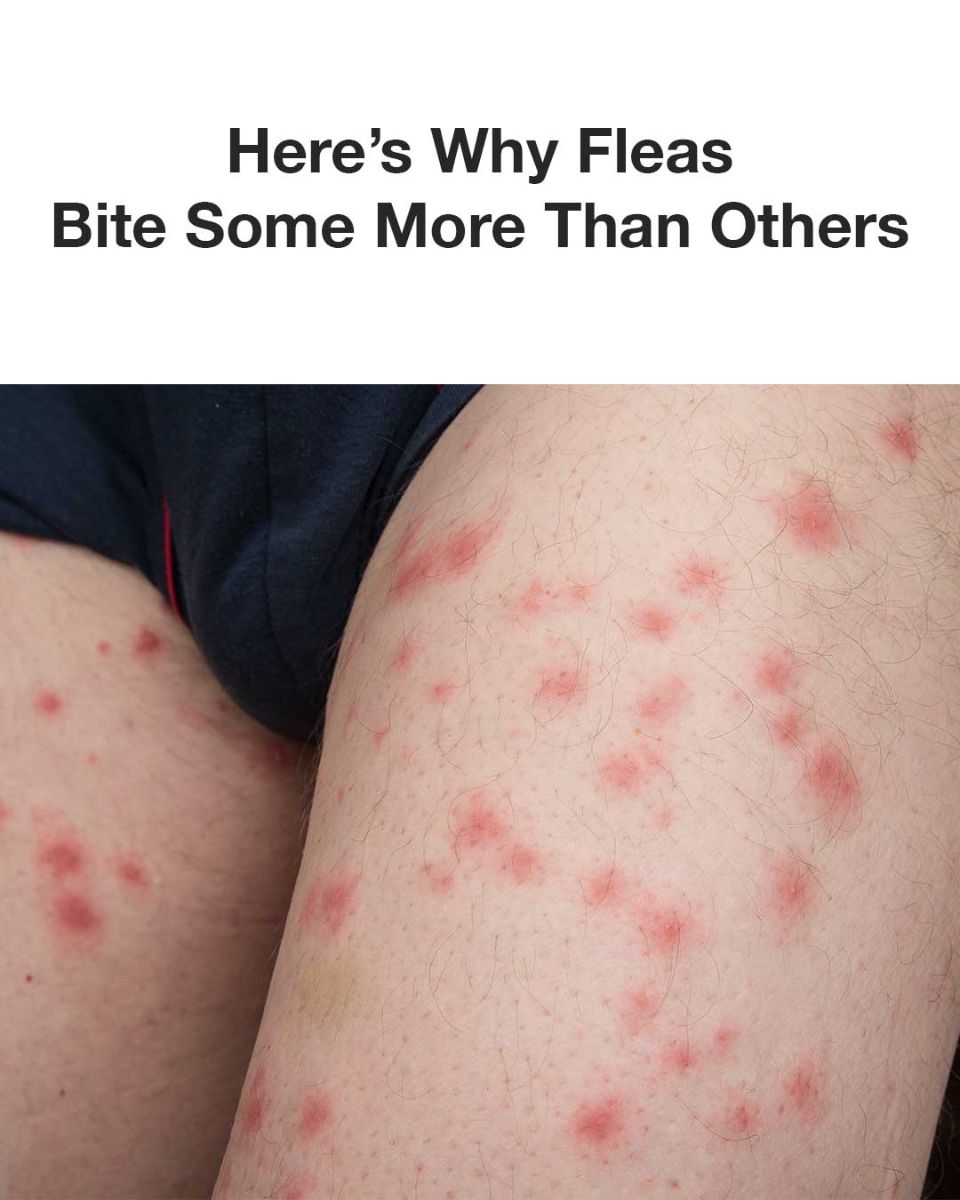
3. Body Heat and Carbon Dioxide
Fleas are drawn to warmth and carbon dioxide, crucial indicators of a potential host. Individuals who emit more body heat or exhale more carbon dioxide can become prime targets. This can explain why more active or larger individuals, who naturally produce more heat and CO2, may find themselves more frequently bitten.
4. Skin Microbiome
The community of bacteria and microorganisms living on the skin (known as the skin microbiome) can also play a role. Certain microbial profiles might make a person’s skin more inviting to fleas. Variations in this microbiome can significantly affect how often a person gets bitten.
5. Personal Hygiene Products
The soaps, lotions, and other personal care items that people use can affect their susceptibility to flea bites. Some products might mask or alter natural skin scents, making a person less attractive to fleas, while others might do the opposite.
Prevent Fleas From Biting You
Preventing fleas from biting you involves a combination of personal protection and environmental management. Here are some tips to help you avoid flea bites:
Personal Protection
Wear Protective Clothing:
Opt for long-sleeved shirts and long pants when spending time in areas where fleas may be present. Tuck pants into socks to minimize exposed skin.
Use Insect Repellents:
Apply insect repellents that contain DEET, permethrin, or picaridin to exposed skin and clothing. Always follow the instructions on the product label.
Keep Your Skin Covered:
If you’re outdoors, particularly in grassy, wooded, or sandy areas, try to keep as much of your skin covered as possible.
To continue reading, scroll down and click Next 👇👇

